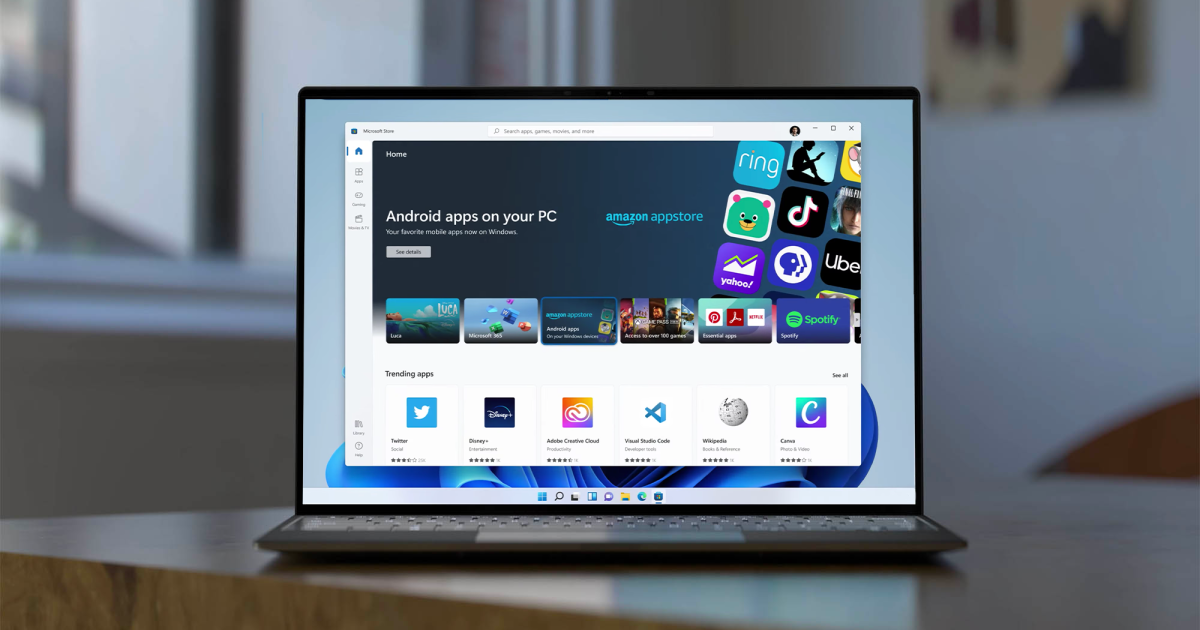India is on a digital overdrive. Every aspect points out to the huge growth expected. For the record, India had 1.2 billion mobile subscribers in 2021, of which about 750 million are smartphone users. The country is expected to be the second-largest smartphone manufacturer in the next five years. With a young population, the demand for apps is naturally high, and there is an app for every function. This is expected to grow exponentially in the future too. For example, a report states that India’s digital payments market is expected to increase more than threefold from the current $3 trillion dollars to $10 trillion by 2026. If you extrapolate this data to apps, we can easily estimate a five-times increase in the number of apps from the present times in the same time period. This is because as India’s population grows, and more millennials join the workforce and get employed, there will be an increase in the demand for more apps. Similarly, as India gets more digitised and more sectors such as healthcare, education and logistics get digitally savvy, there will be an increase in the number of apps created and consumed.
On the enterprise side too, there are huge number of apps, and every enterprise keeps on building new software. There are numerous reasons for this – companies merge and get acquired while they also divest and diverge all the time. This typically creates a need for new IT in the shape of apps. At the same time, it is also true that some applications just get outdated, or outclassed and usurped by newer operational methods, new human workflows, new device form factors, and so on.
Preparing legacy apps for the future
As many legacy applications contain a lot of domain knowledge acquired over the years, there is inevitably always a need to keep hold of some legacy applications in areas like financial services. However, if they are not running on the latest version of a platform, then potentially you are creating a security risk. For instance, you may have a core banking system that conducts a very specific function, but if it only runs on Windows NT, that creates a maintenance issue and exposes a security vulnerability.
So, how do we decide whether we want to build or re-provision or buy a new application? If we look at it from a point of functionality, there will always be some systems of record in any organisation’s backend systems that will verge on being legacy in one form or another. These are by no means applications that have lost their worth; they’re doing the job they were assigned to do in the first place. The challenge we have is that the application is going to get forced, in terms of its modality and form, to evolve to modern platforms, protocols, and standards. The other not inconsiderable problem with legacy systems are the skills and knowledge transfer needed to understand, update, and maintain an often outdated system. When the underlying platform that any application works on changes, it typically forces some upper level of refactoring, replatforming, and migration. This is not all bad news; this process presents an opportunity for us to make that application better at that point.
Can low code platforms help?
Low Code platforms present a possible solution wherein we can still retain legacy functionality, and reduce the need for developing more apps. Low-code, rapid application development platforms offer the best of both worlds in the build versus buy discussion. Yes, you’re purchasing a platform, but you can build what you need, how you need it, using the latest architectures and best practices. Your other option, a standard, non-low-code development center, would require additional skills in highly specialized focus areas such as security and user experience, driving up costs and slowing down development.
Low-code platforms help in pushing the boundaries of what can be done with existing legacy systems (and upgrading when necessary). Agility is hence not an issue. Enterprise development platforms need to satisfy UX requirements of internal and external users, customers, and business partners. In this context, low-code development platforms can simplify UX design and help organizations standardize the look and feel of their legacy apps across touchpoints. Low-code platforms offer more than 200 pre-designed templates that satisfy approximately 80 percent of digital operations use cases. This helps in accelerating application development. Additionally, organizations can also save hundreds of thousands of dollars from ongoing vendor fees by using low code platforms to build new applications to replace legacy systems.
Low code platforms can offer a new lease of life to legacy applications, which can result in improved scalability and greater corporate agility. This can greatly reduce the need for developing more apps. At a time when the world believes in recycling older things to create a more sustainable future, the same approach must be followed for apps as well.
Disclaimer
Views expressed above are the author’s own.
END OF ARTICLE








